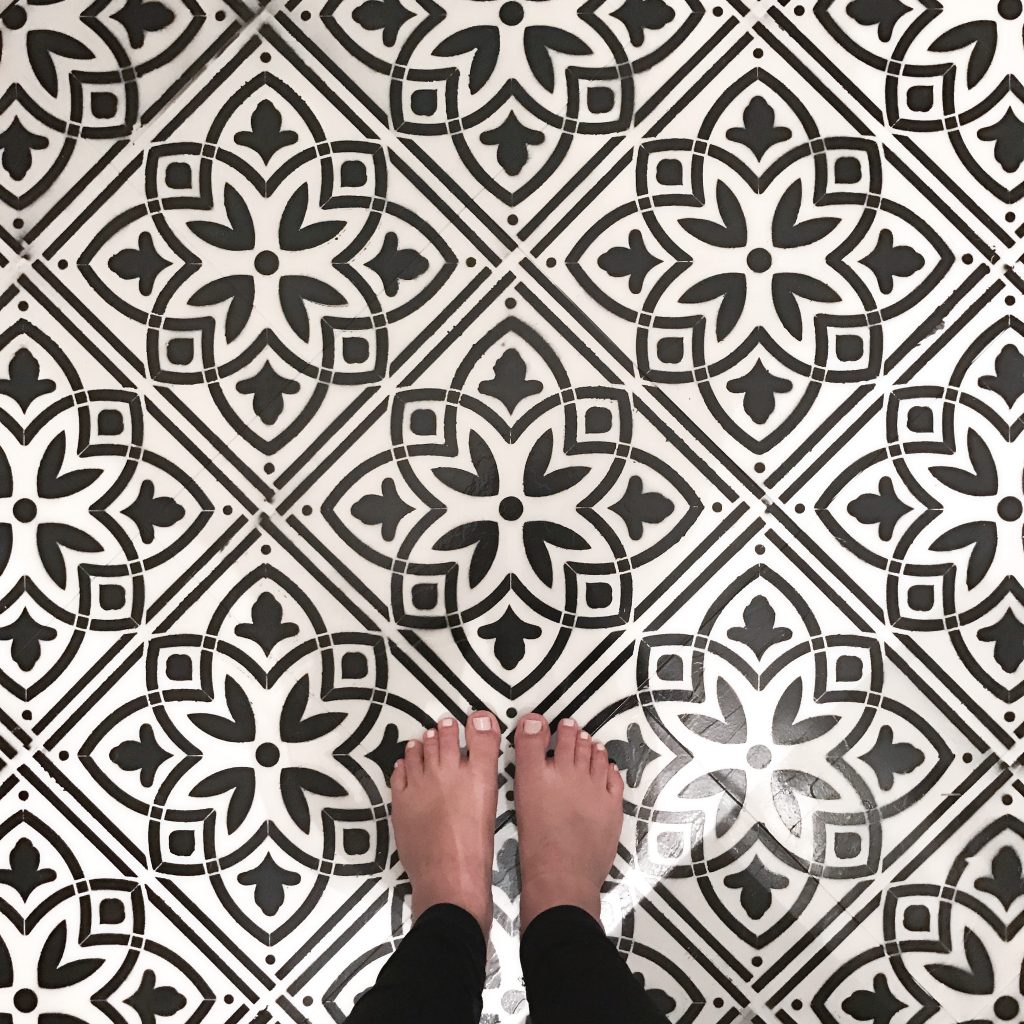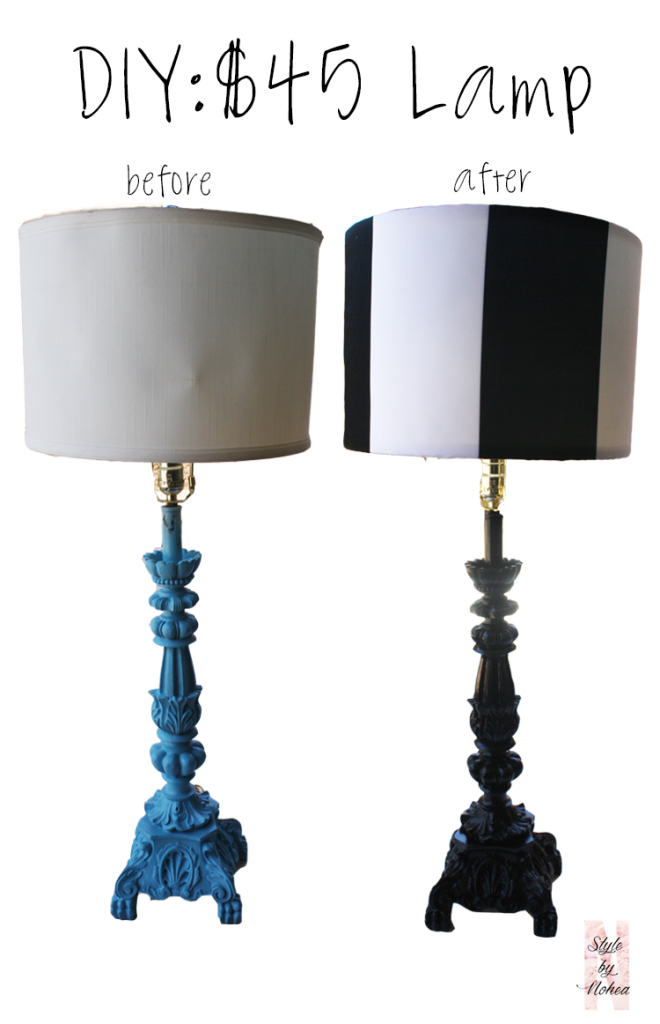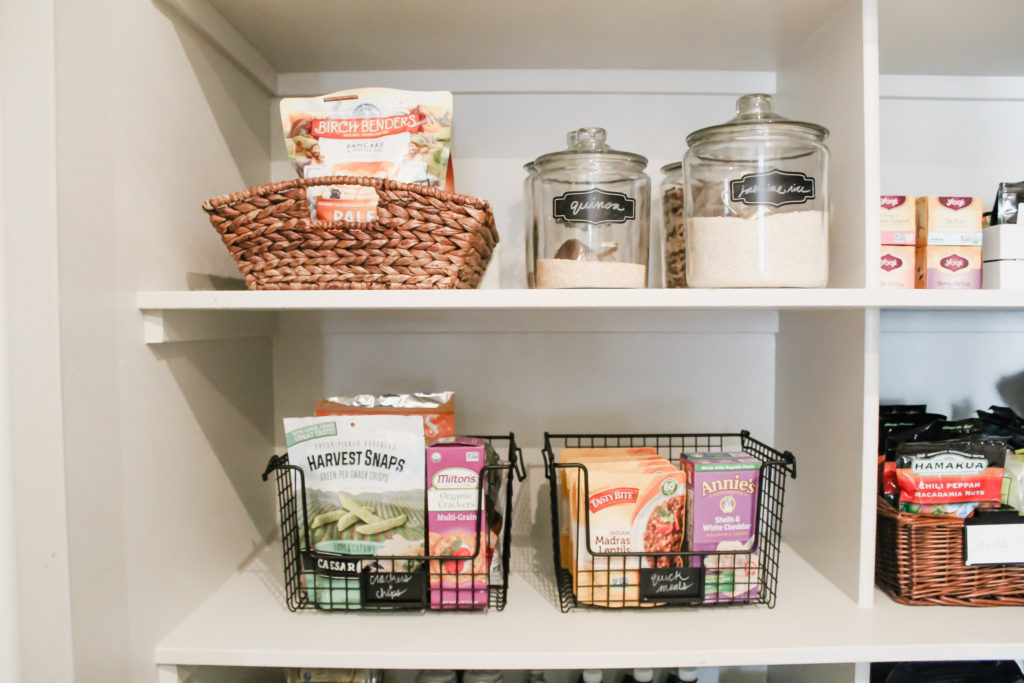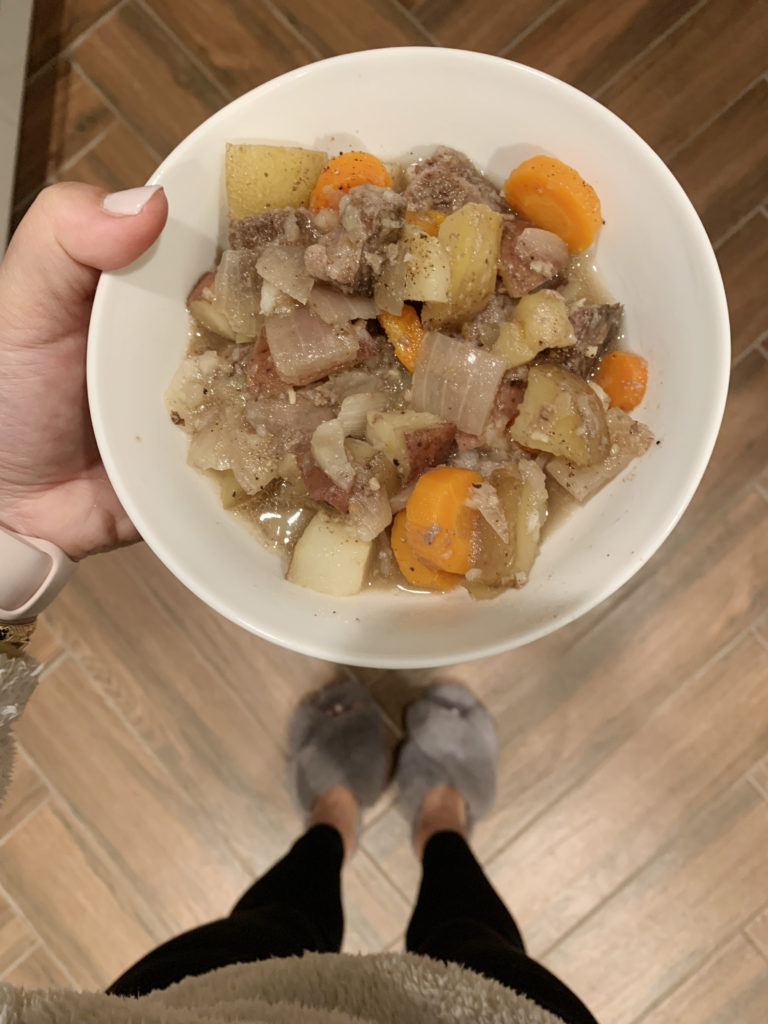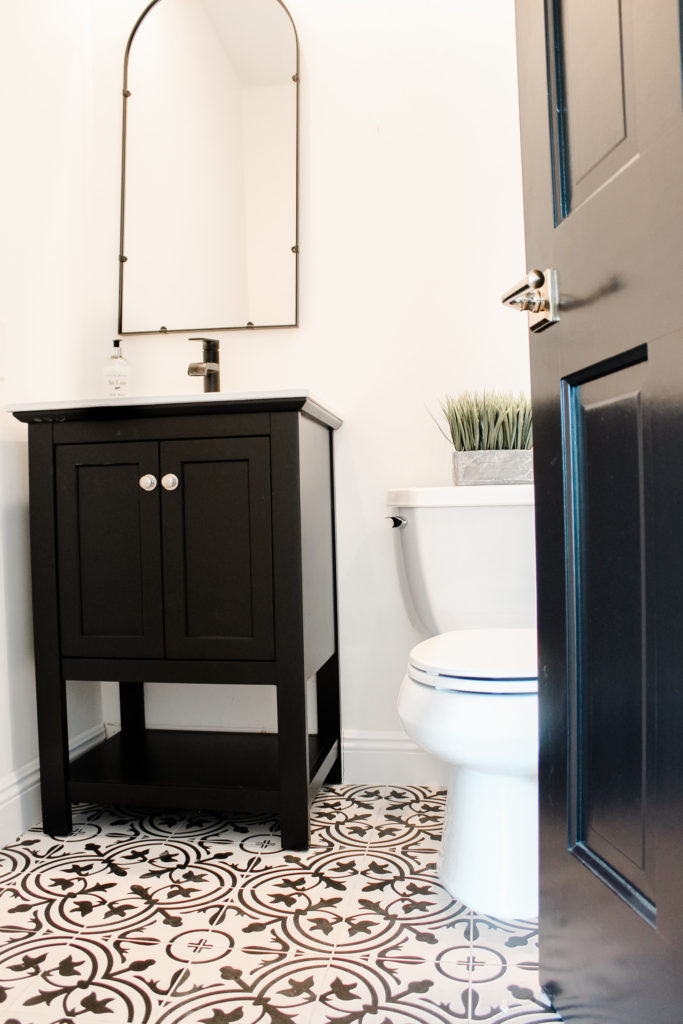Financial Freedom! How I Paid Off $25k in Credit Card Debt in a Year and Saved Enough Money to Buy 7 Properties in 6 Years
Financial freedom: having enough savings, financial investments, and cash on hand to afford the kind of life we desire for ourselves and our families.
I want to preface this post by saying that I’m not a financial expert. I didn’t get a finance degree or any certifications in wealth management. This is my personal experience and what I did to get myself here. I did work in finance and analytics for a while and I do love numbers. And I’m married to mortgage guy who teaches me fun stuff about investing and interest every day!
I got myself out of a pretty deep hole, and was able to save myself enough money to buy 7 properties in 6 years. Now, if we wanted to…we could probably quit working and live off of what we have going on (with an altered lifestyle, of course). Do we want to do that? No. But my point is that it’s only taken me 8 years to do this from when I was $25k in the hole. I was a HUGE spender – I worked at Nordstrom, come on! I really had to make some changes and do things strategically, and now…we are technically considered “financially free”.
No, I don’t make half a million dollars a year (someday!) and no, I was not gifted money to do this. I was dedicated enough to get myself out of the position I put myself in and did it on my own. I started my debt pay off plan when I was making $55k/year and was living alone on only my own income. I bought my first house very shortly after I got a raise.
Now, before you go saying: “well, you have two incomes, but I have just one”…. the first home purchase was all me…Danny had no part in that one – he had already owned the condo we were living in. We split #2, and numbers 3 and 4 came from just my own savings. We split #5 50/50 (our biggest purchase yet – Billy Creek Lodge!), and used our investment proceeds for numbers 6-7.
The only thing that got me through…
…was committing 100%. There was no other option. I wanted to get out of debt. It felt crippling and was causing me so much anxiety. I told myself – you either do this all out – pay your debt off and save up enough money to buy a house – or you continue on this path and get deeper and deeper in debt.
Paying off a huge amount of overwhelming debt can seem so out of reach, so it really helps to look at it little by little. It’s like building a wall…you don’t just “build a wall”…you have to lay each brick one by one, and eventually the wall is built.
The First Thing
Is the budget sheet. And I’m not talking about the apps that you connect your bank account and credit cards to that categorize everything for you and you look at it once a week (or less). I mean a REAL Excel or Google sheet that you manually put in every piece of information into its own category. No automatons. And broken down into very specific categories with a goal column and an actual column.
That means that if you go to Target and get a hose and a jug of milk…you separate those out (with tax included) into their own categories – home expenses and groceries. Same thing with Amazon purchases, Costco…you get the jist! It takes one minute out of your day, it’s NOT that big of a deal! You will get used to it 😉
This is SO important to the process for a few reasons:
- The act of inputting the cost manually is psychological. You re-live the transaction and the numbers will mean something more to you. It makes you second guess if that purchase was really worth it. You see the “leftover” column dwindle, and your frivolous purchases HURT. Eventually you just subconsciously stop wanting those frivolous purchases because seeing that column go down hurts more than the tiny dopamine rush that you get from that purchase.
- It keeps you on track throughout the month. If it’s the 5th and you’ve already spent 70% of your clothing budget, you’ll be less prone to buy that loungewear set on a whim until you have more money allocated for it.
- It shows the categories where you’re over-spending, or where you over or under-estimated you would need to spend in. At the beginning of every month, go through the previous month’s numbers and take a look at your wins and where you could have done better. Maybe you thought groceries were only costing you $200/month, but it turns out it’s more like $350. Or you thought you were filling up your gas tank once a week but it’s more like every 5 days. Those “necessity” columns need to be adjusted and you will need to take away from non-necessities.
At the end of the month I mark my wins in green, losses in red, and keep the neutrals black. This is so I can be aware of where to cut back the next month. Then, I look at the upcoming month and plan out your “goal column”. If you over-spent last month, try to make up for it in the next month by cutting down on a category you can live without.
One thing I love about the budget sheet is that it doesn’t seem like you’re restricting yourself. You have full control of where your money is going. If you love buying clothes, add in a clothes cost every month. If you need that Starbucks every morning as your indulgence, allocate for it! But you will have to cut back somewhere else.
The Budget Sheet:
This is a sample budget based on $5k monthly net income AFTER taxes, 401k, HSA, etc. are taken out. So that’s about a $75k salary depending on how much you’re putting into your pre-tax accounts.
It includes $700/mo in extra credit card payoff, and $300/mo in savings.
Please copy and paste it into your own sheet or do “File” > “Make a Copy” to save a copy to your own account. Do NOT change anything about this sheet.
The bottom right column (D37) is where you see how much money you have left to spend on your “non-necessities” for the month. When you input something into one of those “non-necessity” columns you will see that number getting lower.
Put things in order of priority. If you want to keep your bougey wine Club and that’s a #2 want, fine. But something’s gotta give, so take the money from a #3 want like eating out.
Save on Interest
High interest is the killer with debt! There are a few things you can do (spoiler alert: I did them all the first year of my journey!):
- Find out which card has the highest interest, and focus on that one first. You are compounding interest which is what makes it feel so crippling. So focus on that one card first. Another reason to do this is that once you pay one off, you will feel a sense of relief and it will motivate you to keep going. People like Dave Ramsey advocates for paying your lowest balance off first because of this very reason – if you can pay one off, it’s a light at the end of the tunnel. But paying off the highest interest is the smartest move financially. If you feel that you are the type that needs that little win first to keep going, then go with Ramsey’s advice and pay the lower balance first.
- Another option is a balance transfer card to pay off the highest interest card and allow you some more time (usually a year) to pay it off in full while you’re paying the other one(s) off. There are typically lots of good balance transfer promotions out there that charge you 0% interest for the first 6 months to a year – note that there is usually some sort of fee on the balance transferred (like 3-5%), but sometimes they waive that during the promotional period. At least you won’t be getting charged interest every month as you would be on your high interest cards. During the promotional period time, you can just make the minimum payments (you have to do this or else it will affect your credit!) and you won’t be charged the interest on the balance. Just make sure to make a calendar note/alarm for when your promotional period ends so you can start paying off more than the minimum payment to avoid future interest charges.
- I don’t know about rates right now, but personal loans are typically half the rate of credit cards. If you maxed out your balance transfer capability, personal loans might be a good option too. This way, you can pay off the high interest credit card and replace it with half the rate. Still a high rate, but more manageable. Make sure to look into fees and pre-payment penalties involved.
With the latter two options, you HAVE to make sure to change your spending habits and use the budget sheet or else you’ll end up racking it up again. This is the issue that a lot of people have when doing this. Some people just cut up their cards completely after paying them off.
I believe (look this up for yourself) that if you completely close a credit card after you transfer the balance or pay it off, the last 7 years of your good credit history (it doesn’t include things like missed payments) is gone. Credit history is really important to your credit score, so if you’re scared about racking up the cards again but want to keep your credit history – just cut them up and don’t order new ones!
Make some sacrifices.
For me, I sacrificed living alone and paying $1100 in rent to go live with my cousin. I saved almost $700/month by doing that between rent and splitting utilities. Was it worth it? HELL. YES.
Even to this day, I make similar budgeting decisions monthly. I recently canceled a few of our wine clubs because I wanted to invest more into pre-tax investment accounts. Tradeoffs!
There is always a tradeoff, and you have to decide what is more important to you – material things now, or financial security later.
The budget will be tight and your lifestyle WILL change…but remember that this is temporary, and your lifestyle will adjust once your debt is paid off. Or not, you might love your new lifestyle and just allocate all of that debt payoff to more savings!
But it doesn’t suck that bad – and it’s not that hard once you see progress!
You’ll soon get much more enjoyment about your financial security than over buying drinks at dinner, or getting Starbucks every morning before work.
Make More Money
There’s some statistic floating out there that the average millionaire has an average of five streams of income.
I don’t know if it’s true, but I know I believe it! The second I started adding streams of income, I saw even more light at the end of the tunnel and I was finally able to invest into my future and not just worry about staying out of debt living paycheck to paycheck.
I built one stream of income at a time. The initial work is more time-consuming and takes commitment, but once it’s rolling you will get the hang of it! Now, I have 7 streams of income. Some are way smaller than others (like, my smallest one I make probably $200 a year lol)…but the diversity of them all gives me a well-rounded source of income so that if one goes away, I won’t be totally strapped.
Some examples of other streams of income you can have besides your full-time job:
- Selling things on Poshmark , eBay, Offerup, Facebook marketplace
- E-commerce: selling things on Etsy, Amazon, or your own dropship store
- Rental property
- Investment dividends
- Side gig – graphic design, consulting, dog grooming, party planning, baked goods, meal prepping, mobile services (notary, bartending, etc.)
- Random service-related gig like Uber, Doordash, pet/babysitting, dog walking
- Part time job
- Selling an online course on a topic you’re good at
- Affiliate marketing
Lifestyle
With every raise and additional stream of income, I didn’t change my lifestyle at the same rate. Say the next year I made 30% more money than the last. Only about 5-10% of the increase in income went towards adding to my lifestyle.
I didn’t go out and buy a new car or new house to live in…I saved and invested, which is what allowed me to be able to build a real estate portfolio and have money invested in things that keep paying me.
Investing
Danny knocked a bunch of sense into me investing-wise when we first started dating. I wasn’t really super knowledgeable about all that and he’s a numbers guy.
Most brokerage accounts are free – I use Vanguard! And they have “digital advisors” that invest for you.
I love ETF’s…they’re basically brokerage-controlled portfolio funds. They each have themes, so if you believe in the technology sector right now, you can invest in a tech ETF without having to do research on each individual stock! The day traders with the brokerage control it all. I trust them WAY more than I trust myself about those things.
I also love high dividend stocks that pay you a percentage of your balance quarterly. So even if that stock isn’t doing the best, at least you’re getting a higher yield than if you were to leave that money in a regular savings account or CD.
Savings
The best rule of thumb is to be able to have 6 months of savings on hand for ALL your “necessary” expenses.
This includes:
- Rent/mortgage
- Insurances
- Car payment
- Utilities
- Minimum credit card payments
- Food and gas
For us, this might fluctuate a little depending on if we just invested into something big. We will have more than 6 months saved up before buying a new property, but that gets tapped into when we buy. Then we build it back up. We always keep 6 months savings for each rental property, though.
Educating Yourself
There are lots of resources out there that can seem so overwhelming. And I’ve listened to/read a LOT of them. Some aren’t that great, but there are three HUGE resources to start with that will totally change your financial future.
- I don’t agree with everything Dave Ramsey preaches – like pay cash for everything (I personally think borrowing money responsibly is one of the best investment decisions you could make) – but this book of his is gold! It’s called Baby Steps Millionaires, and it breaks down some really good basic concepts about building wealth.
- Robert Kiyosaki. His views on borrowing and investing in real estate are on point. He also has a YouTube show, but it’s not super enthralling. Rich Dad, Poor Dad is a game changer and a MUST read. Also, he lives in AZ!
- Tom Wheelwright. Another Zonie, and Robert Kiyosaki’s CPA. He is awesome and is so in tune with tax strategy for investing. His book Tax Free Wealth is a little more advanced, but all the info is gold! He talks about why the government incentivizes people with taxes and how you can take advantage of all of it to your benefit. Totally opened our eyes!
Congrats on your decision to take this on, and good luck on your journey to financial freedom! I hope this has motivated and inspired you, and I’m looking forward to hearing your stories!
